A Guide to Ethical Wedding Ring Shopping

Finding the perfect wedding ring is an exciting and sentimental journey that marks the beginning of a lifelong commitment. Jacqueline & Edward are dedicated to helping you make an informed and meaningful choice. Our aim is to make the process as simple as possible so we have put together a comprehensive guide to buying an ethical wedding ring.
Step 1: Define Your Wedding Ring Budget and Preferences
Define your budget and ring preferences early in the process. Knowing your budget will help you explore options within your price range, while identifying your style preference will narrow down the design choices. Jacqueline & Edward, don’t believe in a formal budget, your ring should cost whatever you are comfortable spending. Wedding rings can really vary in price, based on if you choose to include a gemstone, which precious metal you prefer as well as the style you want so a budget helps you set realistic expectations and can offer a starting place.
When your budget has been defined, you can start to consider how far your money will stretch, and maximise your budget. If platinum is the look you are going for, consider white gold which carries a smaller price tag but has a similar colour. If you are considering a stone, think about your diamond carat and quantity. Lab-grown diamonds cost less than recycled diamonds and are identical in chemical makeup and structure – you cannot tell the difference and both are ethical choices.
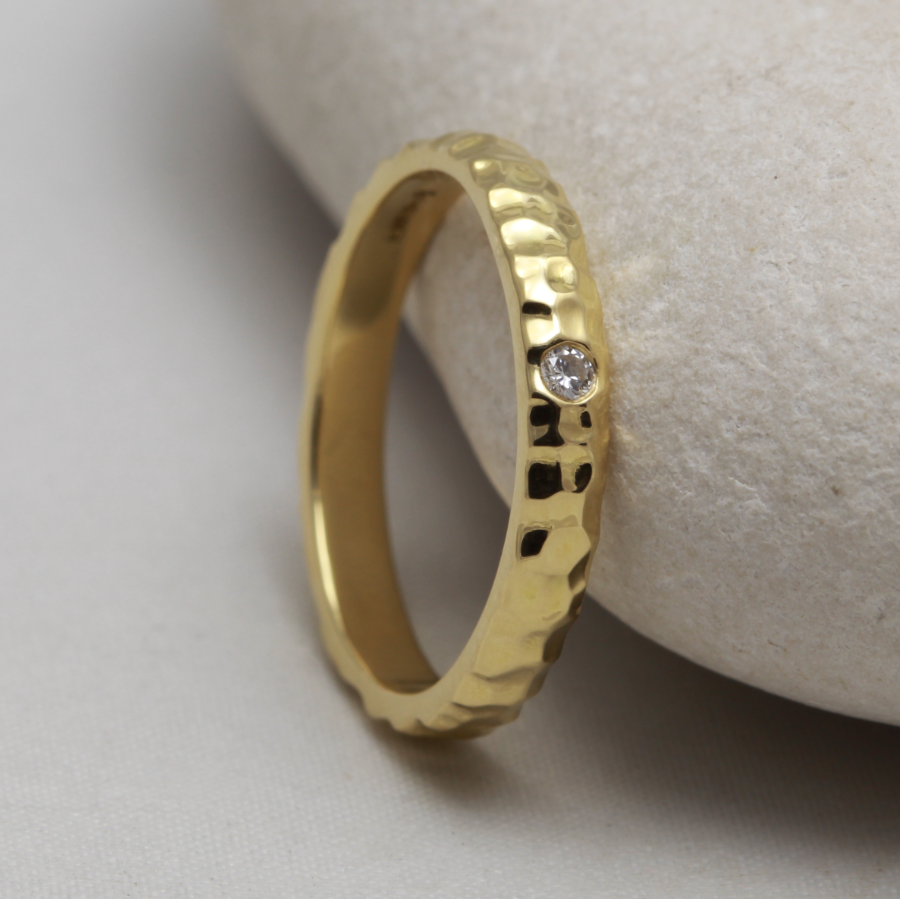
The Kinglass: Ethical Recycled 18ct Yellow Gold Wedding Ring with a choose of either a Recycled Diamond, Lab-Grown Diamong or Moissanite
Step 2: Choose Your Profile
Court: Curved on both the inside and the outside, this is one of the most popular wedding ring profiles due to its comfortable fit. The edges are softened and rounded, providing a snug and comfortable fit especially for those who are not accustomed to wearing rings regularly. The gentle curvature on the outer surface lends a classic, elegant appearance that suits various additional design elements like engravings or embedded gemstones.
D Shape: Curved on the outside and flat on the inside.
The D-shape profile gets its name from the cross-sectional shape resembling a ‘D’. The external face of the ring is curved, providing the traditional look whilst the interior is flat against the finger.
Flat: Flat on both the inside and outside.
The flat profile provides a modern and clean look. It boasts straight edges and flat interior and exterior surfaces. It may not be as comfortable as the court profile due to its angularity, but offers a contemporary appeal.
Comfort: Curved on the inside, flat on the outside
The interior of the band is smoothly curved, ensuring comfort for everyday wear. On the other hand, the external is flat, providing the modern, sleek look of the flat profile so you get the best of both – comfort and style.
Step 3: Curved?
Curved wedding rings are meticulously designed to accommodate the contours of an engagement ring, providing a seamless fit between the two when worn together. Often sought after by those who prefer symmetry and cohesion in the jewellery, these rings feature gentle curves to nestle closely with their counterpart. Jacqueline and Edward offer a free bespoke curved ring service with any of their curved wedding rings.
Step 4: Diamond versus Plain
Diamond: Wedding rings can be embellished with diamonds either partially or entirely around the band in a pavé setting. The diamonds can be arrayed in various shapes, sizes and arrangements, tailored to your personal preference and style. If you’re considering have gemstones in your wedding band think about whether you want to use recycled gemstones, lab-grown or as a diamond alternative, moissanite – these provide ethical options but based on your sustainability values, you will probably have your own preference.
Plain: An unadorned wedding band offers an understated simplicity but can be equally as beautiful as an embellished one. They can be crafted from a variety of precious metals or you might want to opt for something unique like Mokume Gane which uses a traditional Japanese metalworking technique involving layering different precious metals to create unique and distinctive designs. Alternatively, you can opt for a hammered or matt finish, adding texture to your wedding ring.
Step 5: Choose Your Precious Metal Colour Options
Selecting the right precious metal for your wedding ring is a big decision! Jacqueline & Edward use solely recycled precious metals where the need for new mining is not needed which minimises the environmental impact. These metals possess the same quality and durability as newly mined alternatives but with a smaller carbon footprint. The different precious metals you can choose from are…
Platinum: The most expensive of all the precious metals, Platinum requires very little maintenance and is highly durable. The elegant silvery-white colour is incredibly popular as it does not tarnish and it is hypoallergenic.
Rose Gold: The combination of gold and copper results in a romantic, pink hue. The more copper in the ring, the more red your ring will be. The copper alloy means that this is a strong choice for durability, however copper can cause allergic reactions, so if you have sensitive skin consider an alternative metal.
White Gold: The overall appearance of white gold is similar to platinum but with a smaller price tag. In order to maintain its colour, white gold may need recoating with rhodium, therefore may end up being a similar price to platinum as time goes on, depending on how active your lifestyle is. It is also worth noting that nickel features in the alloy of white gold, therefore it is not hypoallergenic.
Yellow Gold: The most traditional out of all the precious metals, yellow gold boasts a beautiful golden hue. This is also suitable for everyday wear, as the 25% alloys complement the 75% gold making it stronger. Yellow gold is a timeless classic and pairs well with other precious metal colours.
Step 6: Consider Precious Metal Carat Options
Gold carat, a measure of purity and quality, plays a significant role in determining the appearance, durability, and value of your cherished pieces. Among the range of carat options you can choose from are 9ct, 14ct, 18ct, 22ct or 24ct.
Gold carats are a measure of the purity of gold in an alloy. Pure gold is 24 carats, but it is too soft for most jewellery applications. As a result, it is blended with other metals like copper, silver, or palladium to enhance its strength and durability. Here’s quick guide to the different carat options available:
24ct
100% pure gold in its unalloyed form. It is too soft for jewellery due to its malleability and is mainly used for investment-grade bars and coins.
22ct
92% gold and 8% alloyed metals – known for its rich colour and historical significance in jewellery, but is softer and more prone to scratches and wear, as a result it is generally unsuitable for stone set jewellery.
18ct
75% gold and 25% alloyed metals – its durability with a higher gold content, makes it a popular choice for fine jewellery. Equally, it has warm bright tones making it aesthetically pleasing too!
14ct
58% gold and 42% alloyed metals – this offers a balance between durability and affordability, but has a slightly paler colour due to the higher proportion of alloying metals.
9ct
38% gold and 62% alloyed metals – often used in less expensive jewellery due to its lower gold content.
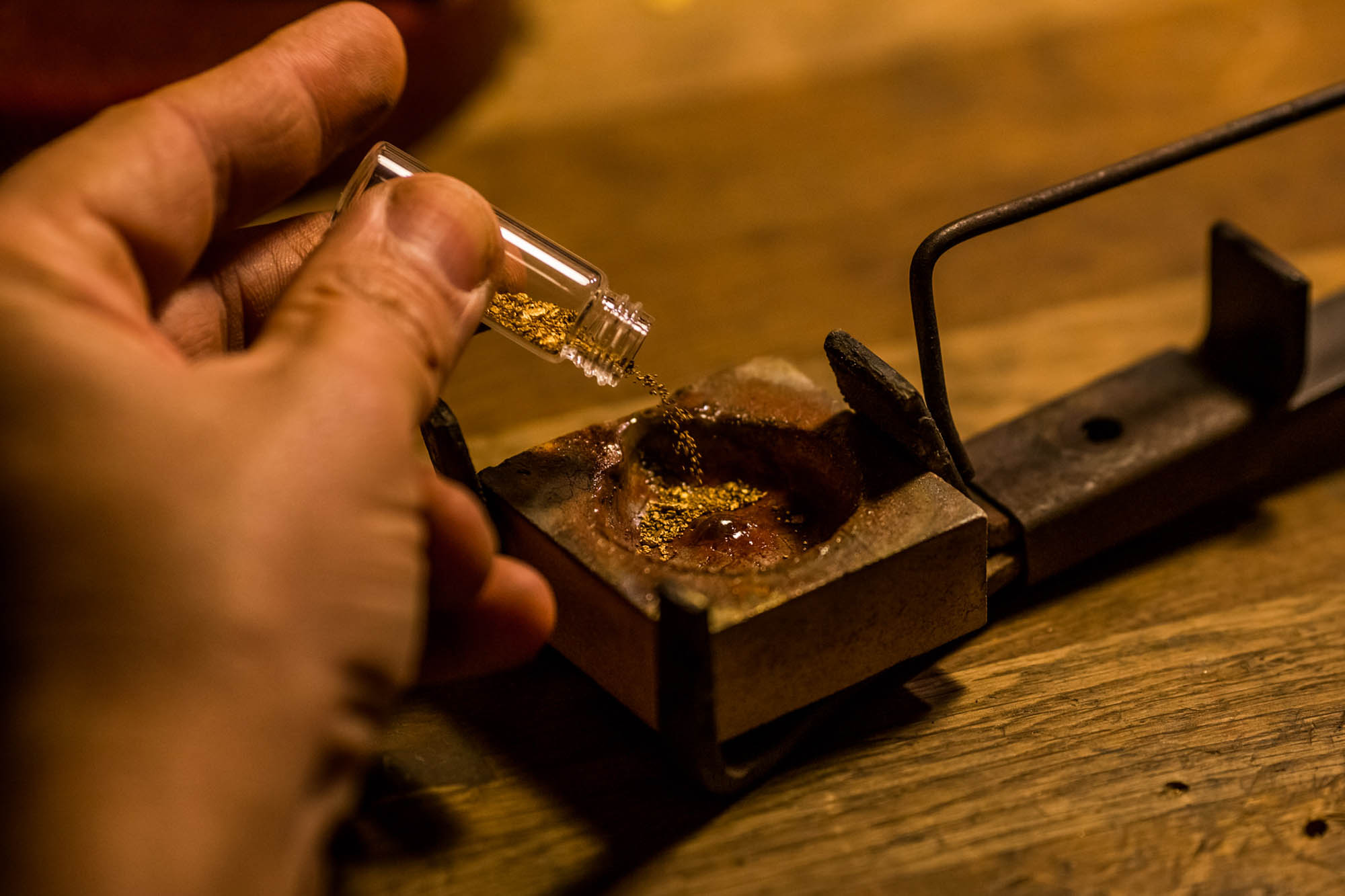
Melting down pure gold and alloys to make 18ct gold (Jacqueline & Edward use their own unique recipe to create their 18ct precious metals which includes a small nugget of river gold which they gift in every ring create, you can even choose where your river gold comes from to add a unique and sentimental touch to your wedding rings.
When it comes to ethical jewellery, 18 carat gold takes the spotlight for several compelling reasons – its rich radiant colour, its durability and the quality of craftsmanship it allows. 18ct precious metals are also available in yellow, white and rose gold colours.
The carat you choose will also be dependent on your budget too and the higher the gold content, the more expensive your wedding ring will be.
Step 7: Consider Your Lifestyle
Choosing a wedding ring is not just about aesthetics; it is also about finding a ring that suits your lifestyle. If you are an active person, or work with your hands, and would like to sport your wedding ring everyday, then think about the durability of the metals. This may also inform whether you choose to include gemstones in your wedding bands. Consider metals like platinum and perhaps opt for a bezel set to firmly hold your gemstone in place. Equally, consider your ring maintenance and how much effort you are willing to put in to maintain your rings shine/ finish. Some designs require more care and cleaning than others. If you have an active lifestyle and work with your hands a lot, a simpler and easy to clean may be preferable.
Comfort is also paramount, as you’ll be wearing your wedding ring everyday so make sure you get your finger sized correctly.
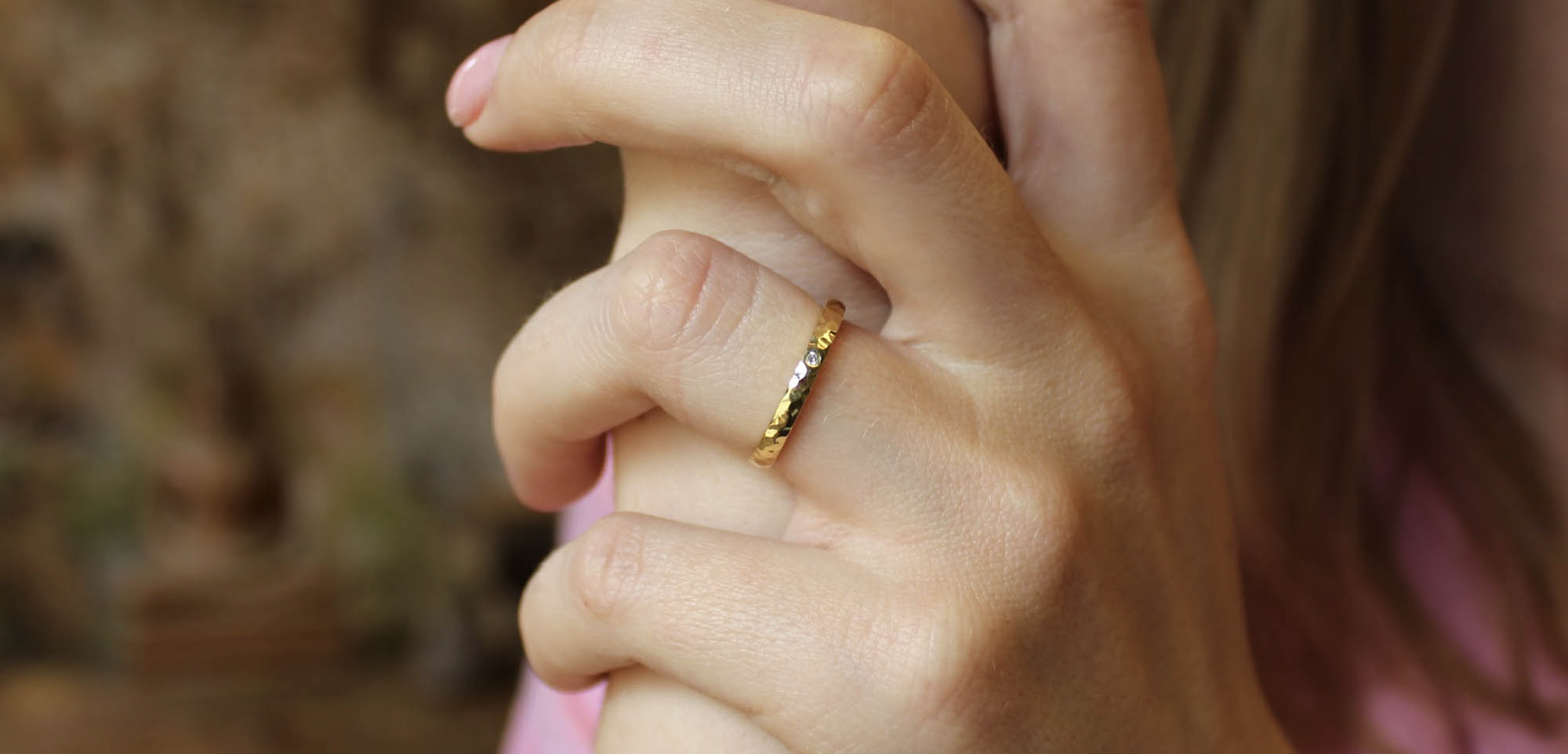
So there you have it, a brief guide to what to consider when choosing an ethical wedding ring. When looking for where to buy your ethical wedding rings, consider how they are made:
- are the rings cast in a mould or are they handmade using traditional methods?
- are they made from start to finish in one place – this will reduce their carbon footprint.
- are your rings being made to order – this ensures rings are only being made when they are needed and not sat on a shelf, helping to create a more sustainable way of shopping.
- how are your rings packaged and do they use natural materials?
There’s a lot more to it than you might first have thought but we hope this helps you to find the perfect forever ring.

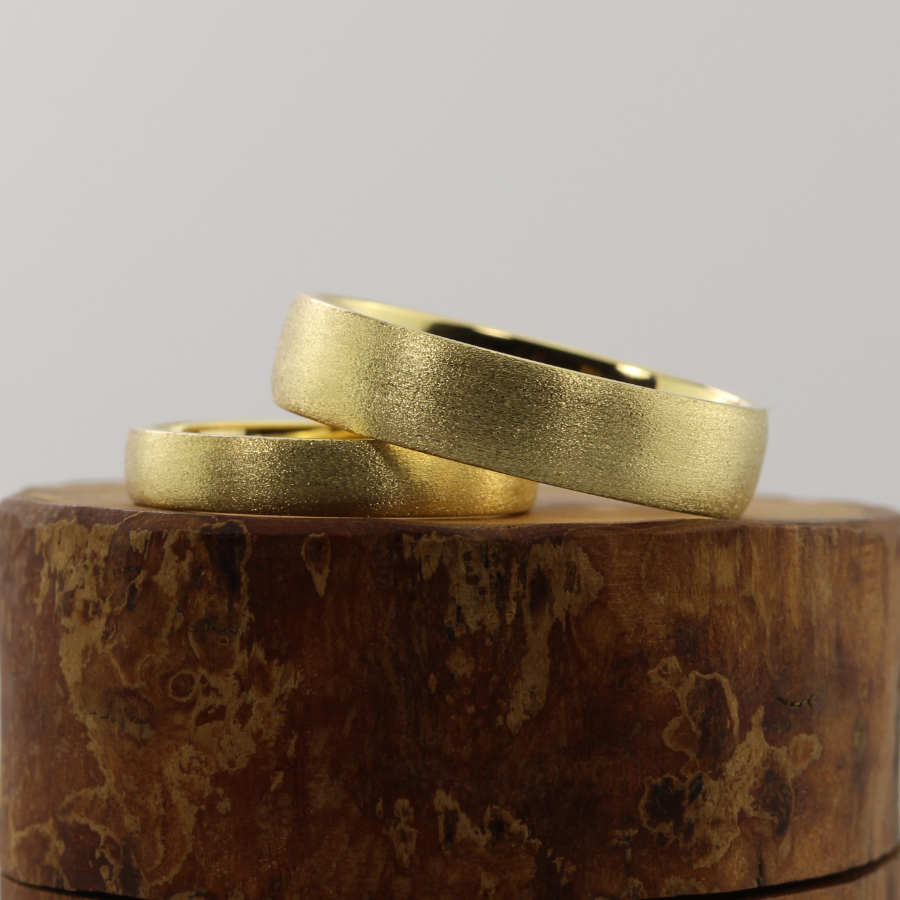
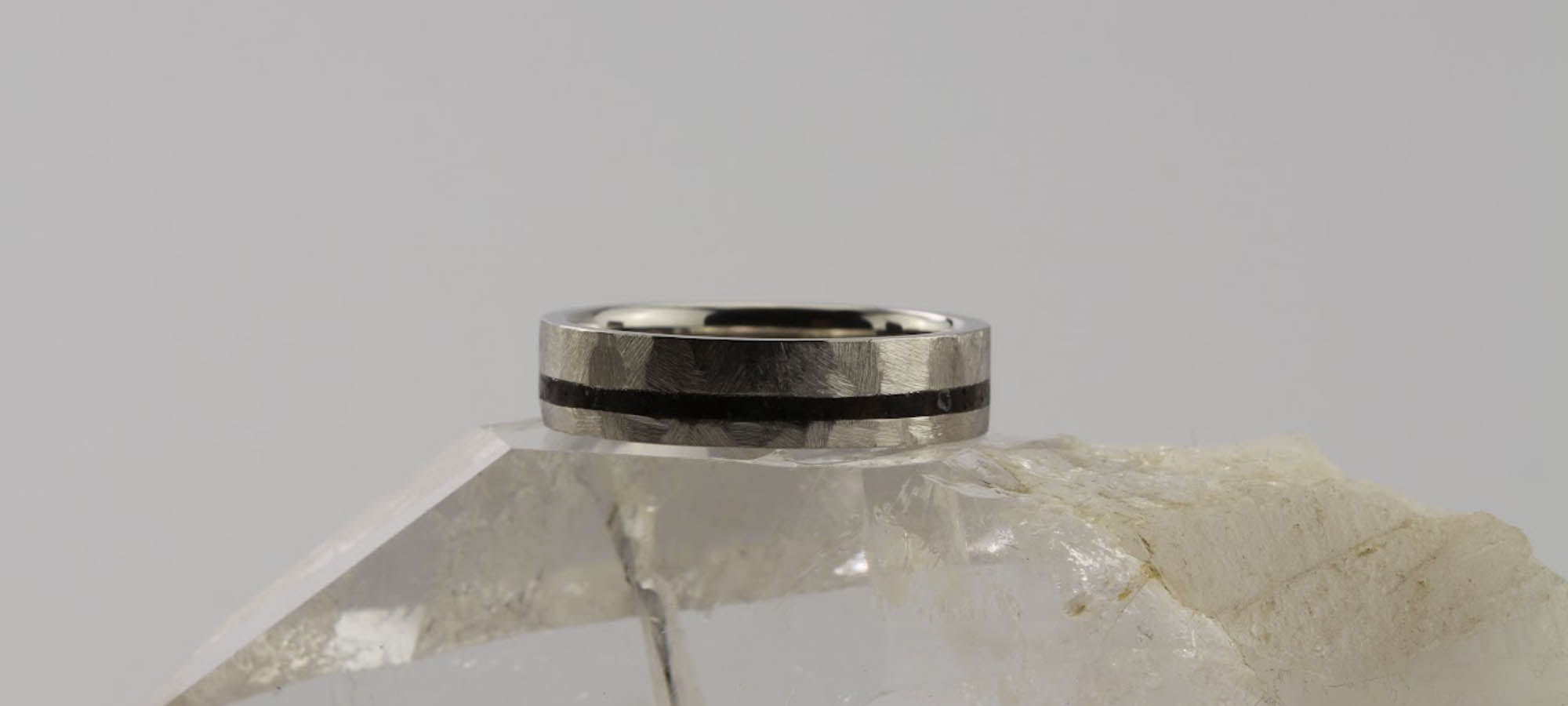
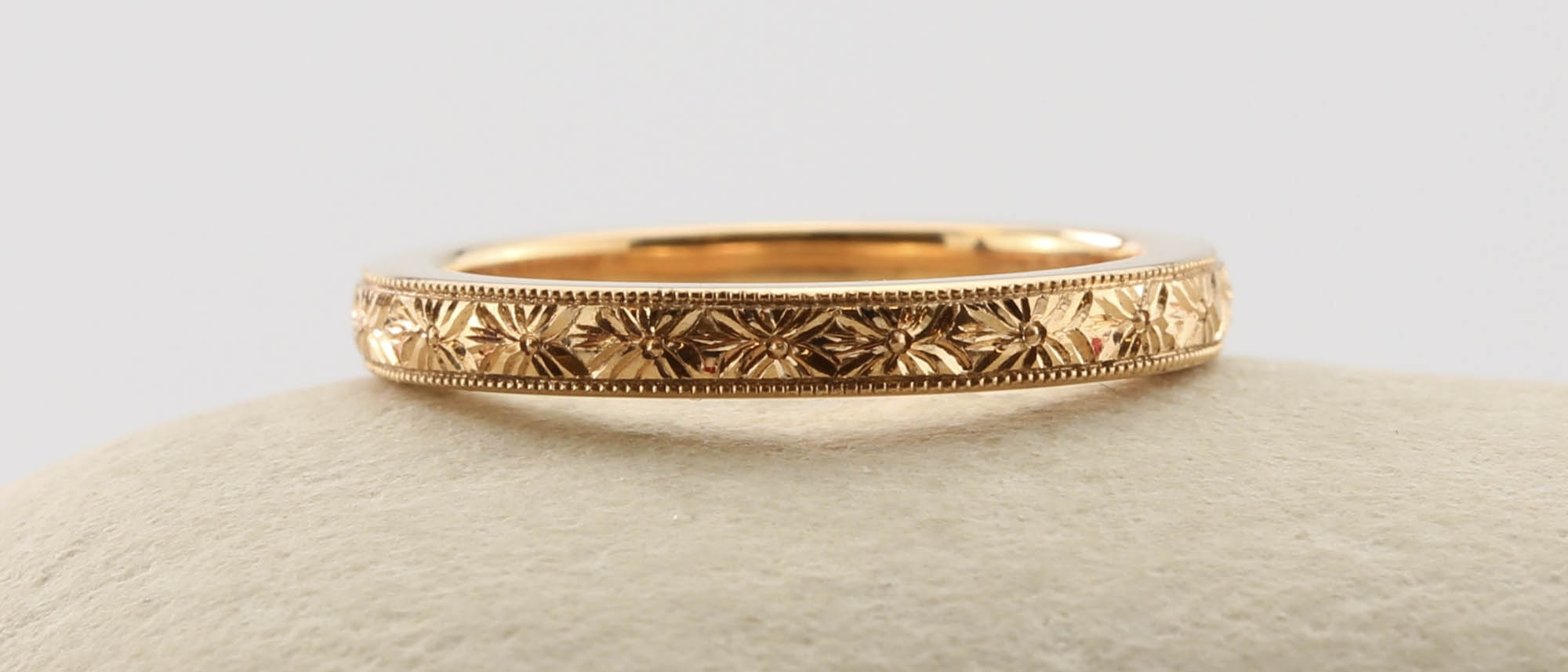
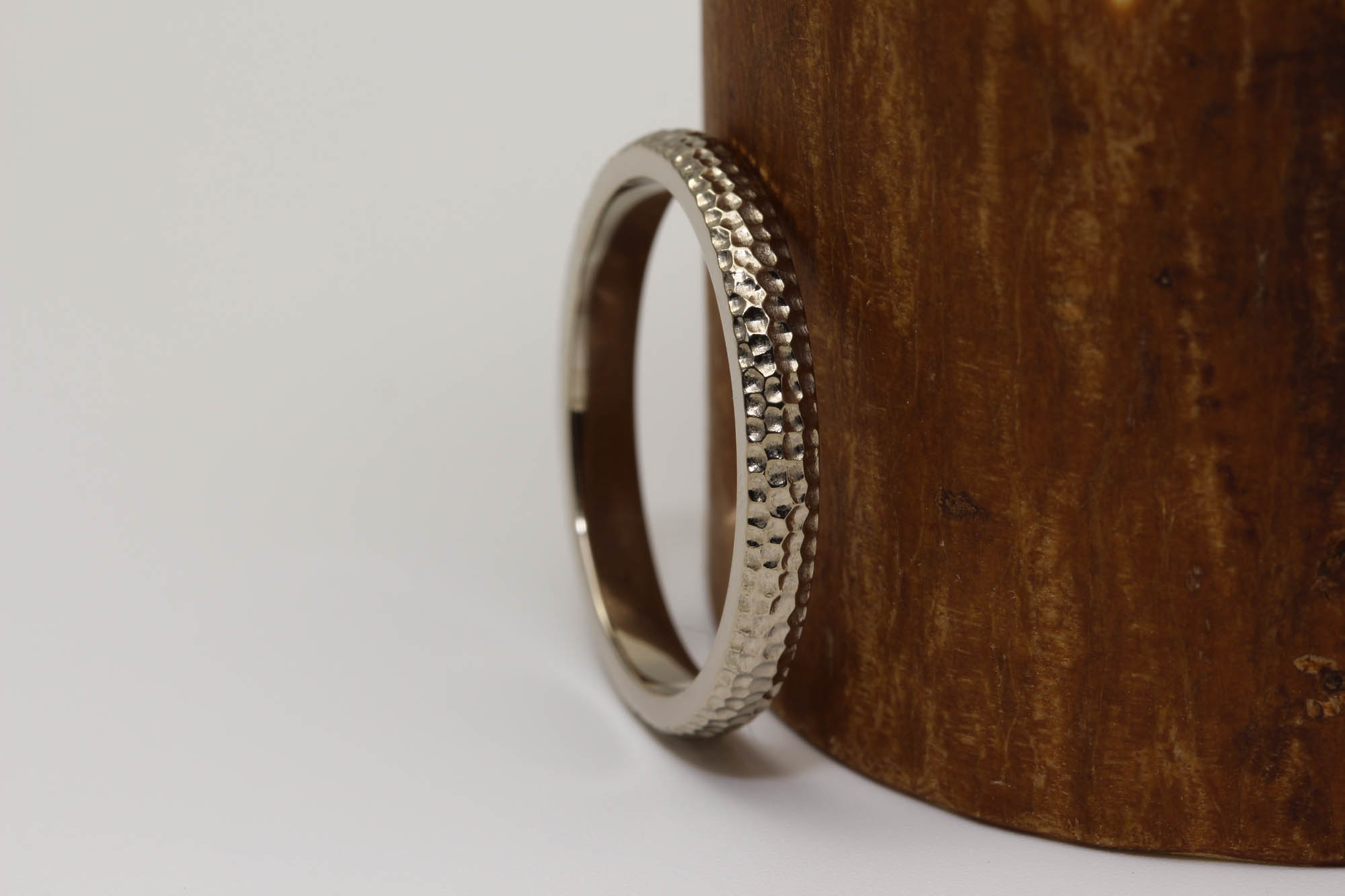
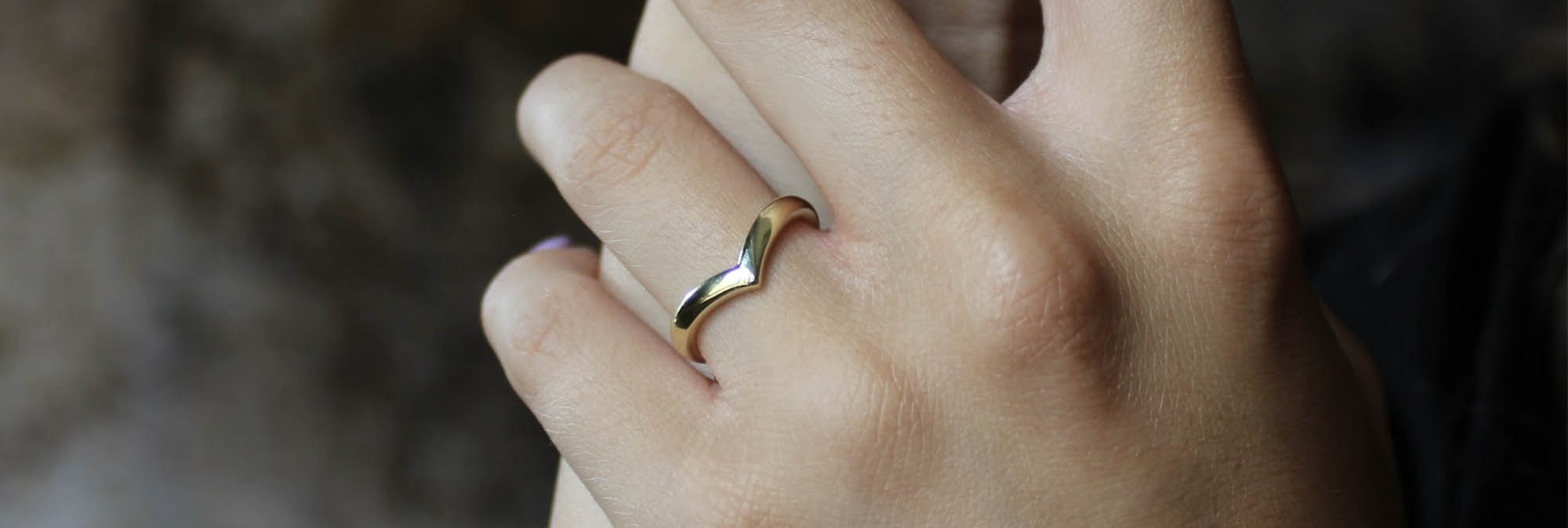



0 Comments